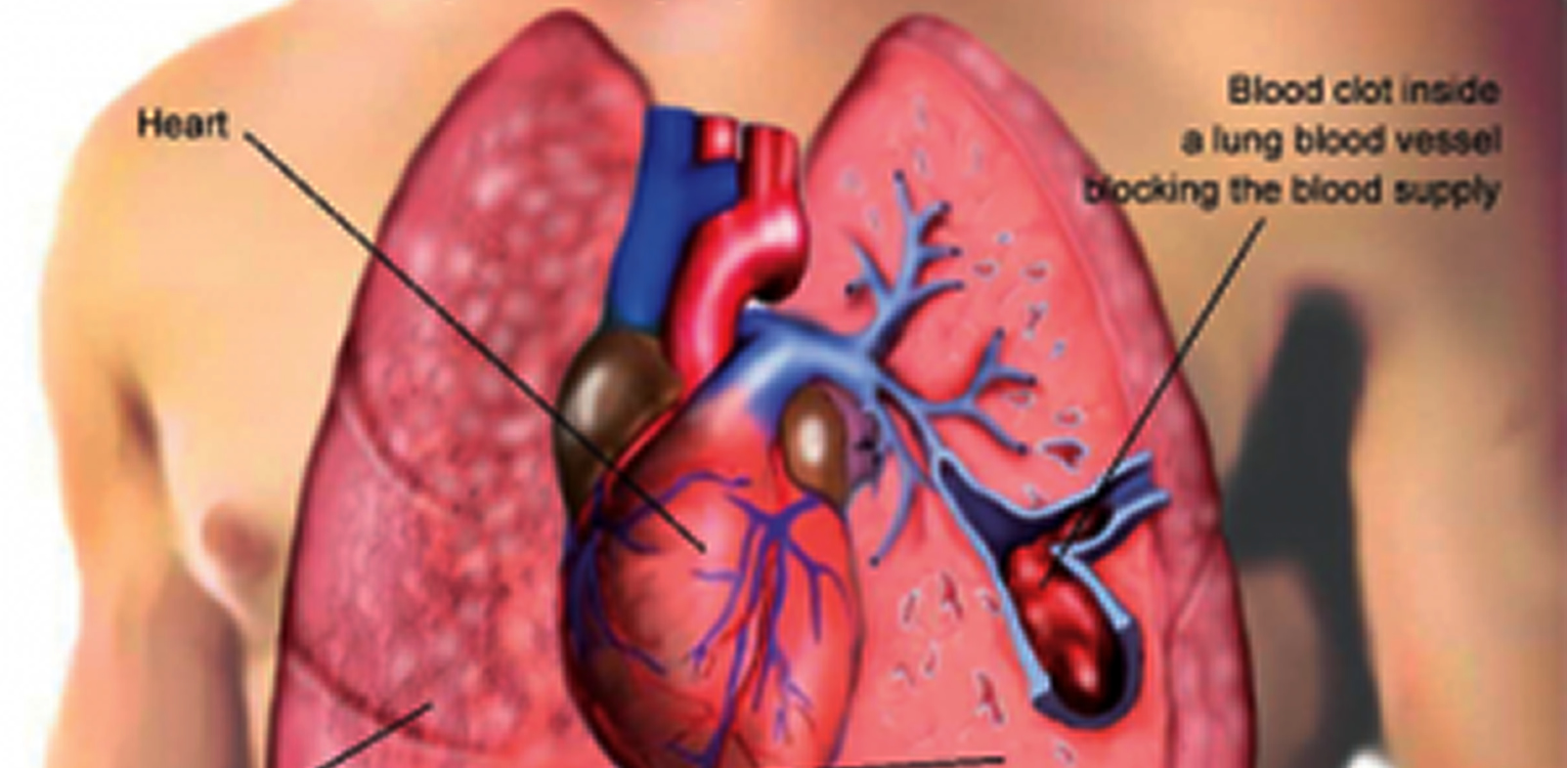

A pulmonary embolism is a very serious condition which causes: If left untreated, about 1 in 10 people with a DVT will develop a pulmonary embolism. This then blocks one of the blood vessels in the lungs, preventing blood from reaching them. A few people are advised to have surgery to put a small filter in the main vein in the abdomen, in an effort to catch clots before they reach the lungs.This is a serious condition that occurs when a piece of blood clot breaks off into the bloodstream. You will learn what medicines to avoid, and you may need medicine to thin the blood. If you are at risk of having a pulmonary embolism, you should not smoke. But a large pulmonary embolism is serious, and can cause heart problems, lung problems or even sudden death.Ībout a 1 in 3 people who have a pulmonary embolism have another one later. What are the complications of pulmonary embolism?Ī small pulmonary embolism might cause few problems. surgery to remove a clot (in very serious cases).anticoagulant medicines to dissolve blood clots.How is pulmonary embolism treated?Įmergency treatment of pulmonary embolism involves: For further information, visit the Choosing Wisely Australia website. The Royal Australian and New Zealand College of Radiologists recommend that if your doctor suspects you have a pulmonary embolism, you should ask about the most appropriate test for diagnosis. If you are low risk of having a pulmonary embolism, you may not need extra scans. imaging such as a chest x-ray, CT scan, ultrasound or one known as a ventilation-perfusion scan, which measures both air flow and blood flow in your lungs.You will be asked to have some tests, such as: If your doctor thinks you may have a pulmonary embolism, they will talk to you and examine you. thrombophilia, a condition in which the blood clots easily.you have a severe illnesses such as heart disease, cancer or respiratory failure.you use the oral contraceptive pill or hormone replacement therapy, or smoke and take either of those medicines.you have had major surgery, including hip or knee replacement.You are also at a higher than usual risk if: You are at higher than usual risk of a deep vein thrombosis which may lead to pulmonary embolism if you have not been moving for long periods such as during extended travel or being in hospital. What are the risk factors of a pulmonary embolism? swelling of one or both legs, usually in the calf.rapid breathing (20 breaths or more per minute).breathlessness, particularly if new or sudden, or getting worse.Most people with pulmonary embolism have some symptoms, but they can be mild. What are the symptoms of a pulmonary embolism?

The most serious complication of DVT is pulmonary embolism, when a piece of the blood clot breaks off and travels in the bloodstream into the blood vessels in the lungs. If you think you may have a pulmonary embolism, go to the nearest emergency department or dial triple zero (000) to call an ambulance. Small pulmonary embolisms are common, but a major pulmonary embolism can be fatal. The blood clot can form elsewhere in the body, such as in the veins of the legs, pelvis, abdomen (tummy) or in the heart, and travel to the lungs. Related information on Australian websitesĪ pulmonary embolism is a sudden blockage in the arteries that supply blood to the lungs.What are the complications of pulmonary embolism?.What are the risk factors of a pulmonary embolism?.What are the symptoms of a pulmonary embolism?.


 0 kommentar(er)
0 kommentar(er)
